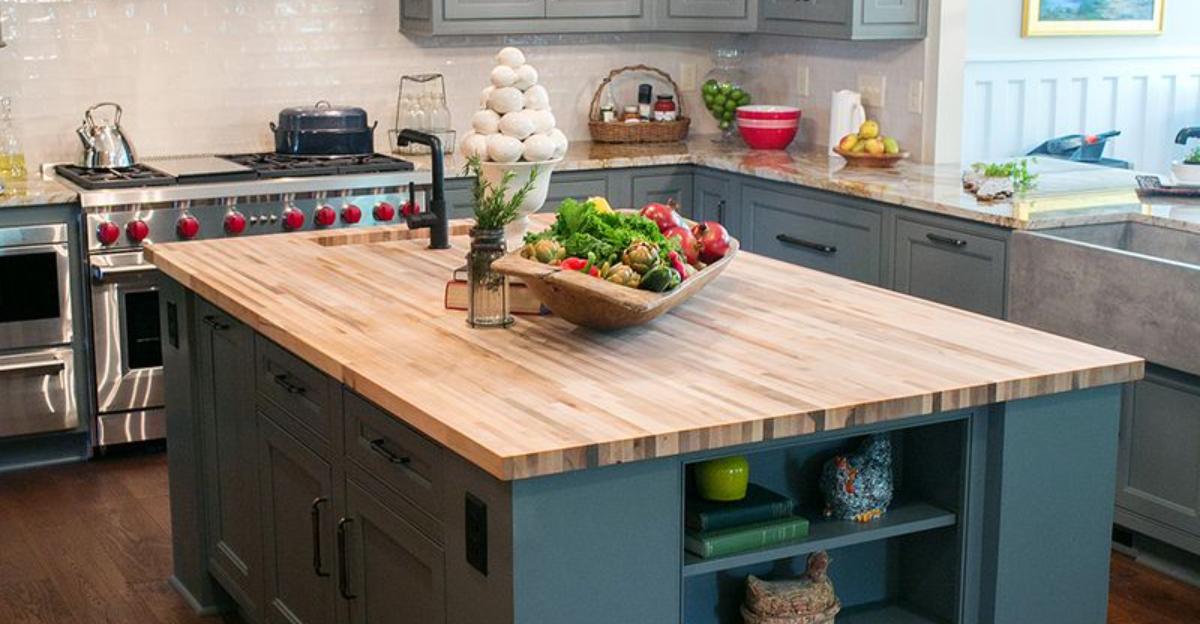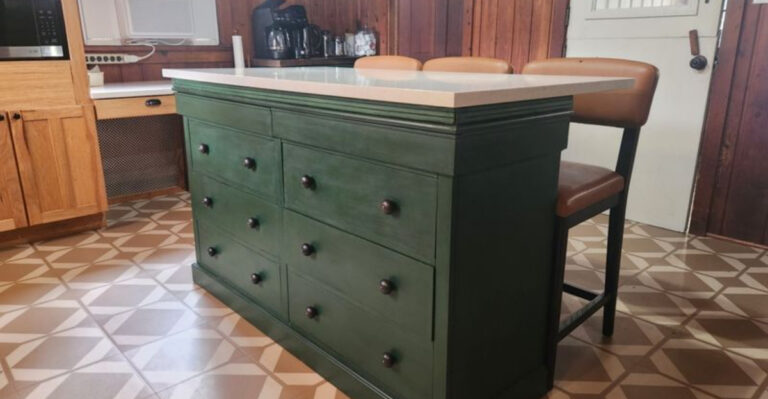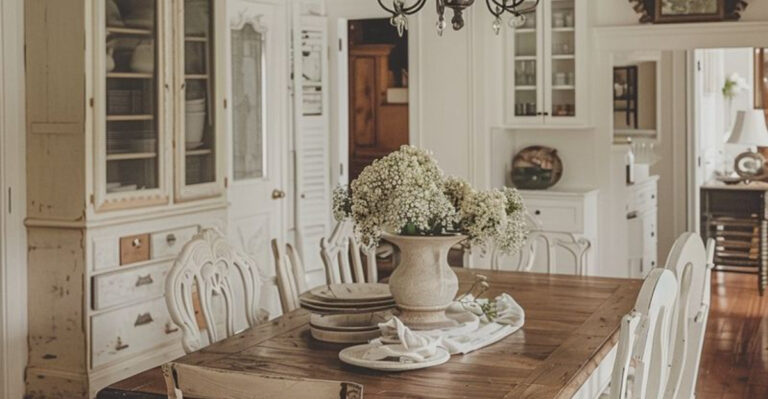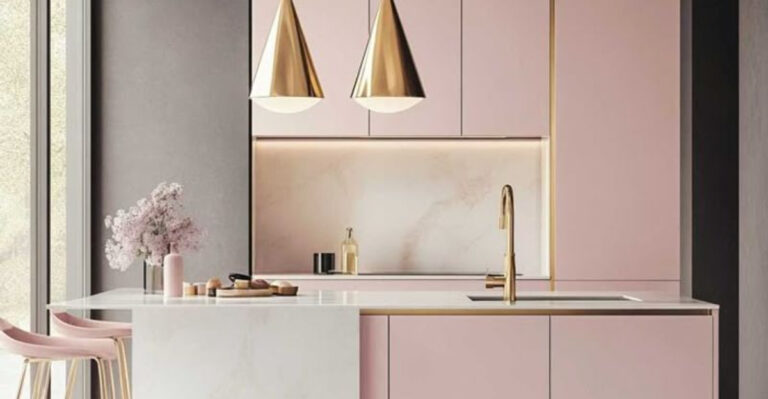These Are The Pros And Cons Of Butcher Block Countertops, As Per Designers
There’s just something about butcher block countertops that makes a kitchen feel instantly more inviting. I love the way the wood adds warmth and texture, it’s like bringing a bit of the outdoors in.
But before you get swept up in the charm (like I almost did), it’s worth digging into both the perks and the quirks. Kitchen designers rave about their natural beauty and versatility, but they also don’t shy away from pointing out the maintenance and wear that come with them.
If you’re considering butcher block, let’s talk honestly about what to love and what to think twice about.
1. Natural Warmth And Character
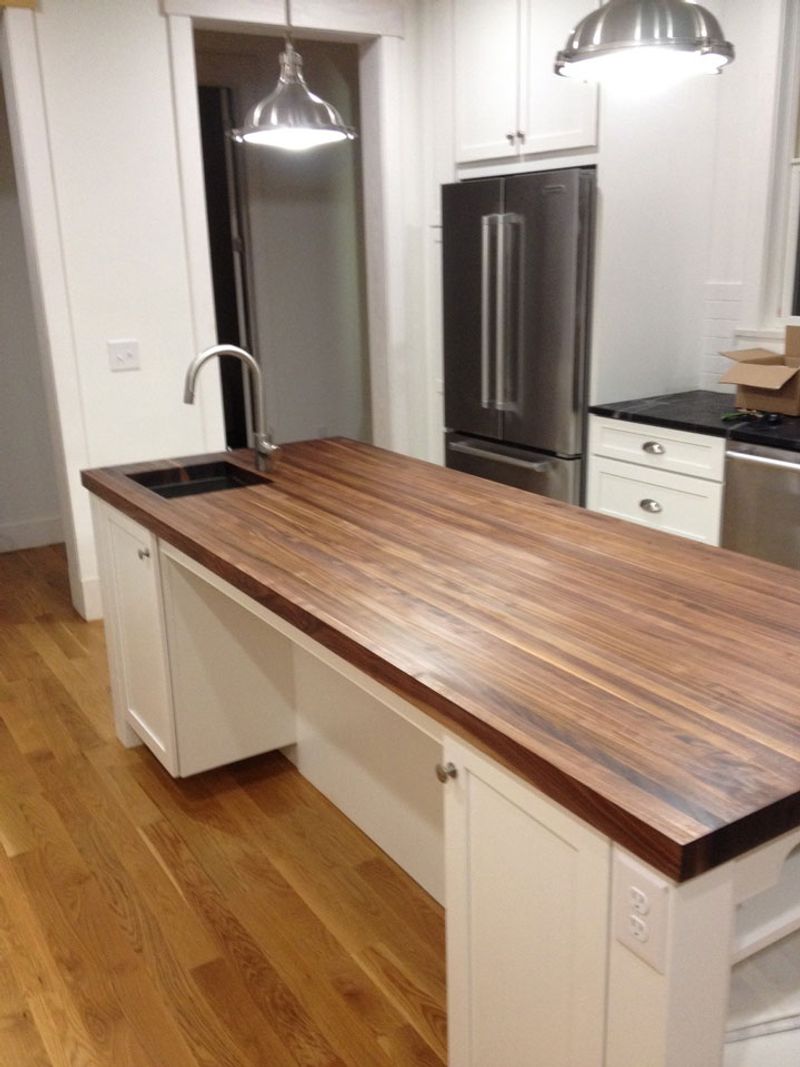
Nothing beats the cozy vibe wood brings to a kitchen. Butcher block countertops instantly make spaces feel more inviting and less clinical than stone or laminate options.
The natural grain patterns tell a story unique to each installation. No two butcher blocks look exactly alike, giving your kitchen its own fingerprint.
When paired with white cabinets or industrial elements, these countertops create a beautiful balance that softens the overall look of your space.
2. Requires Regular Maintenance
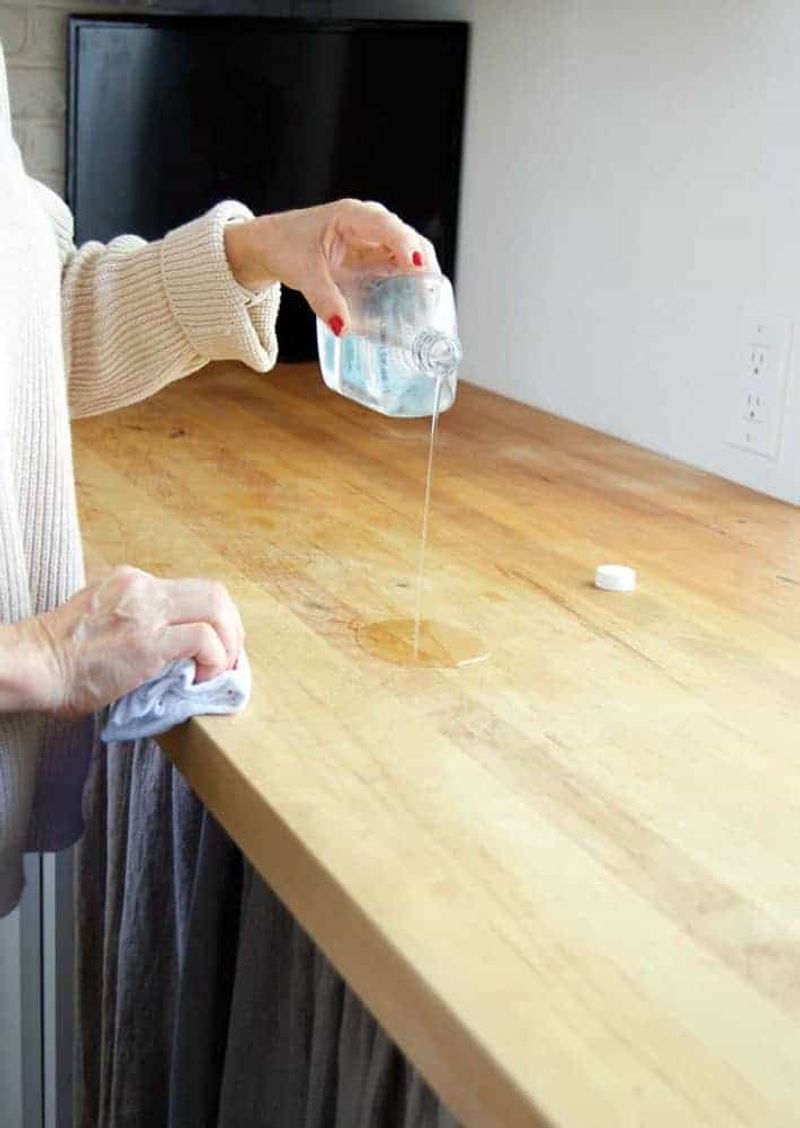
Unlike quartz or granite that need minimal upkeep, butcher blocks demand your attention. You’ll need to oil these beauties every 3-6 months to prevent drying and cracking.
Forgetting this maintenance schedule can lead to sad-looking wood that loses its luster fast. The oil treatment isn’t difficult, but it’s definitely a commitment you’ll need to keep.
Some homeowners find this regular ritual tedious after a few years, especially in busy kitchens where counters see heavy use.
3. Budget-Friendly Option
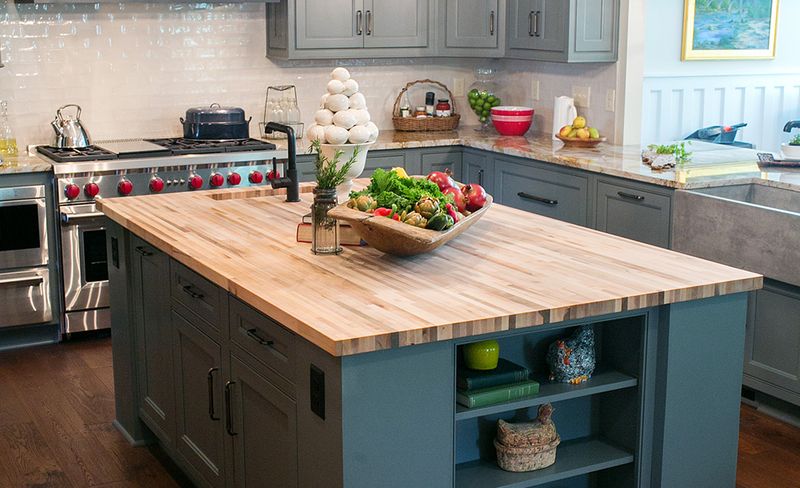
Your wallet might thank you for choosing butcher block. Compared to quartz, marble, or granite, wood countertops can save you significant cash upfront.
Basic butcher block starts around $40 per square foot installed, while stone options can easily run $100+ per square foot. This price difference allows you to splurge elsewhere in your kitchen renovation.
If you’re handy, you might even install these yourself, further reducing costs while adding that sweet sense of DIY accomplishment.
4. Vulnerable To Water Damage
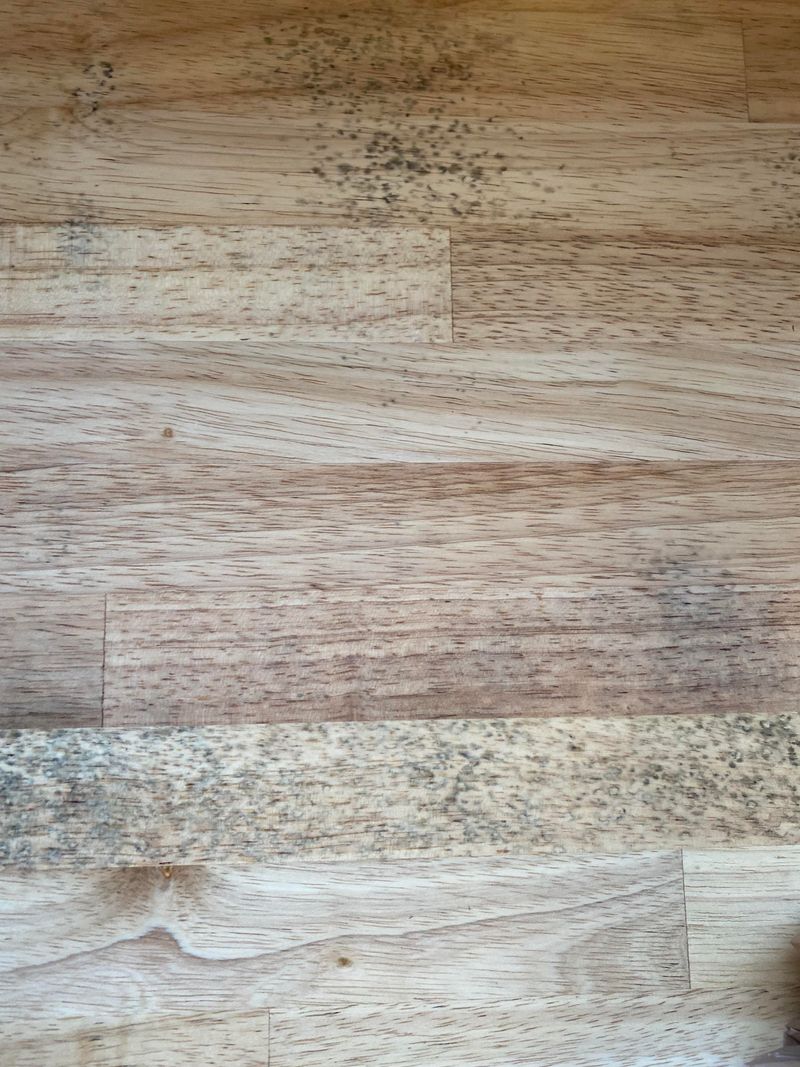
Water and wood have a complicated relationship. Spills left unattended can cause butcher block to swell, warp, or develop dark water marks that are tough to remove.
Around sinks, this vulnerability becomes particularly problematic. Many homeowners discover unsightly damage around faucets where water frequently splashes or pools.
Though sealants help, they’re not foolproof protection against the daily water exposure in busy kitchens, making this a genuine concern for families who cook frequently.
5. Easy To Repair Surface
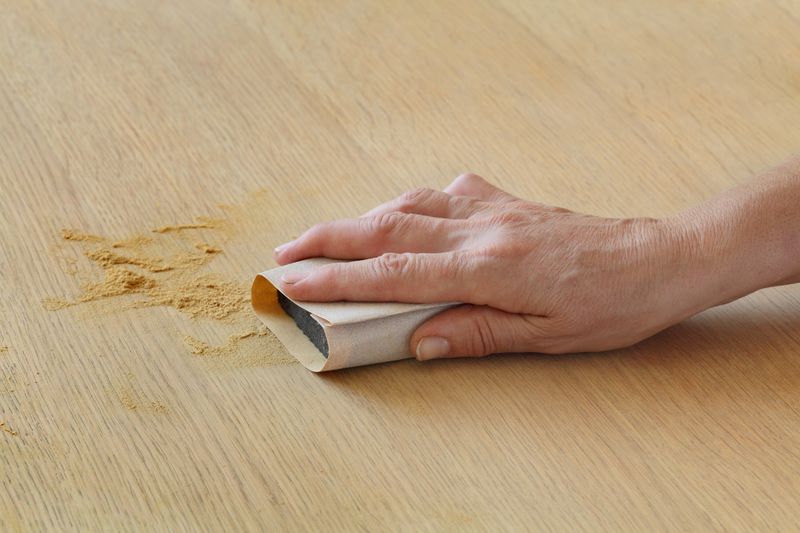
Accidents happen in kitchens! Luckily, butcher block is incredibly forgiving. Unlike chipped stone that requires professional repair, damaged wood can be sanded right at home.
Scratches, burns, and stains that would permanently ruin other countertops can disappear with some sandpaper and mineral oil. This DIY-friendly aspect saves both money and headaches over time.
Many homeowners actually embrace these little imperfections as part of the countertop’s evolving character and story.
6. Prone To Scratches And Cuts
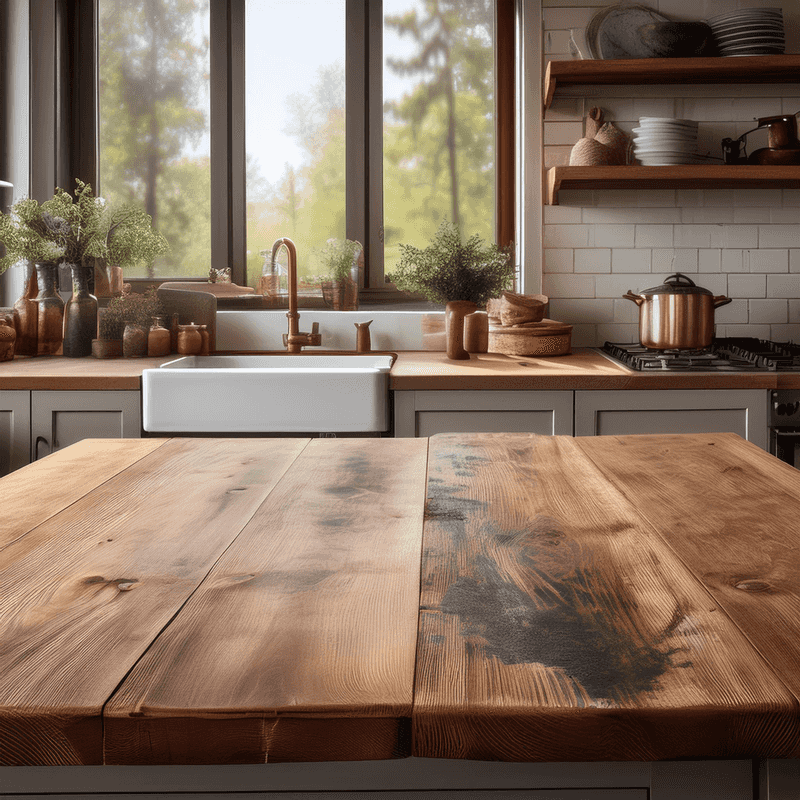
Knife marks become an inevitable part of life with butcher blocks. Even careful cooks will eventually leave evidence of their culinary adventures behind.
While some homeowners embrace this worn-in look, others find it messy and unprofessional. The soft nature of wood simply can’t compete with the durability of stone surfaces when it comes to resisting daily wear.
Using cutting boards helps, but many people forget in the moment, accidentally leaving their mark on these sensitive surfaces.
7. Naturally Antibacterial Properties
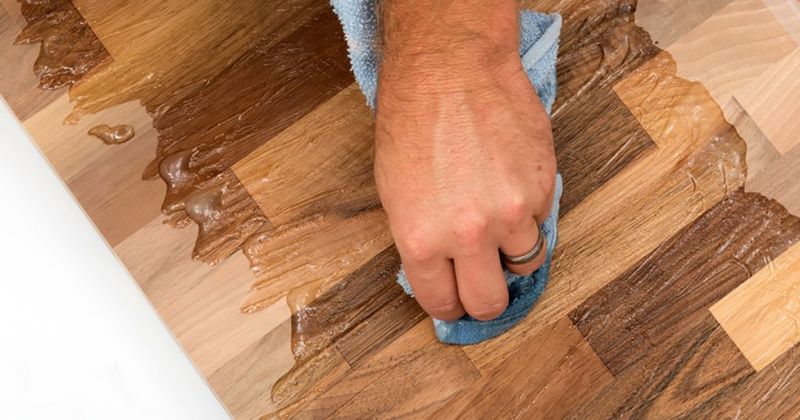
Surprisingly, wood has some built-in germ-fighting superpowers! Studies show that properly maintained butcher block actually removes bacteria that would survive on plastic or other surfaces.
The natural compounds in wood have mild antibacterial properties that help make these countertops more sanitary than you might expect. This feature particularly benefits bakers who work directly on the surface.
Just remember this benefit only applies to properly maintained wood that hasn’t developed deep cracks where bacteria can hide.
8. Can Develop Mold Issues
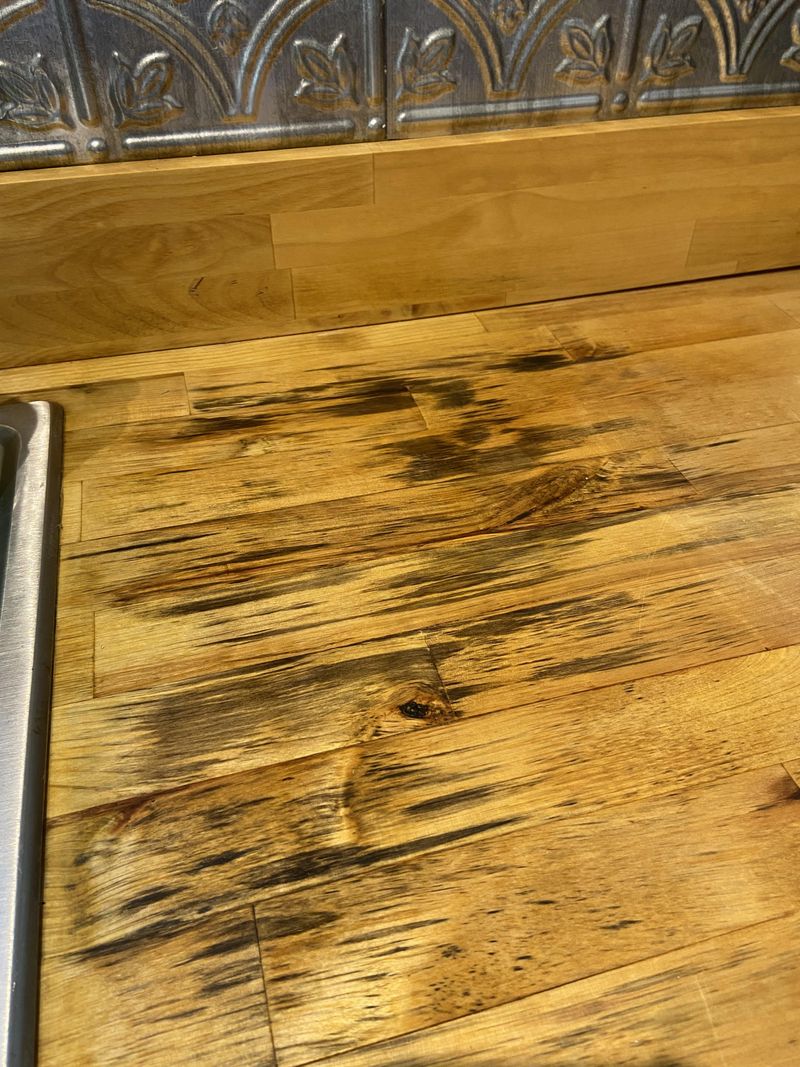
Hidden moisture becomes the enemy with butcher block. In humid environments or areas with water exposure, these countertops can develop mold or mildew beneath the surface.
Once mold takes hold, it’s particularly difficult to eradicate completely. The porous nature of wood allows spores to penetrate deeper than surface cleaning can reach.
Homes in humid climates face greater challenges with this issue, sometimes requiring complete replacement of affected sections after just a few years.
9. Environmentally Friendly Choice
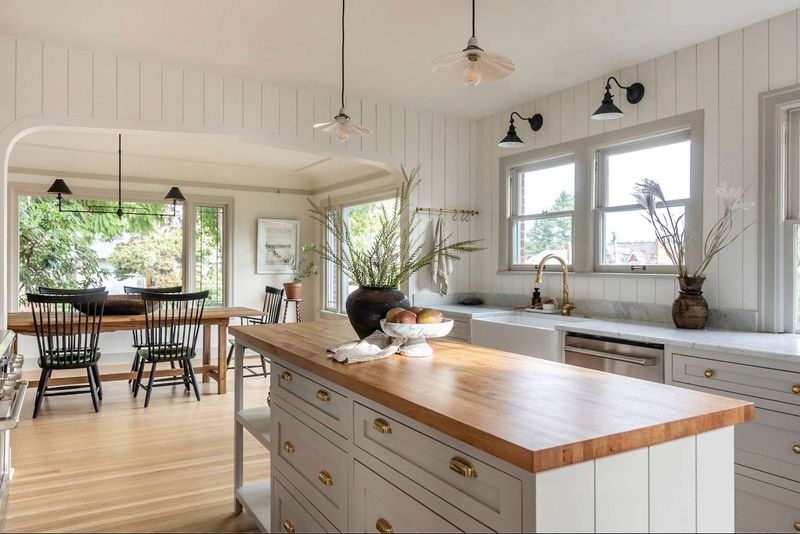
Green-minded homeowners often gravitate toward butcher block for its eco credentials. Many options come from sustainable forests or reclaimed wood sources that minimize environmental impact.
Unlike engineered materials with chemical components, wood countertops contain no VOCs or harmful substances that off-gas into your home. They’re completely natural from start to finish.
At the end of their lifespan, these countertops biodegrade naturally rather than sitting in landfills for centuries like synthetic alternatives.
10. Not Heat Resistant
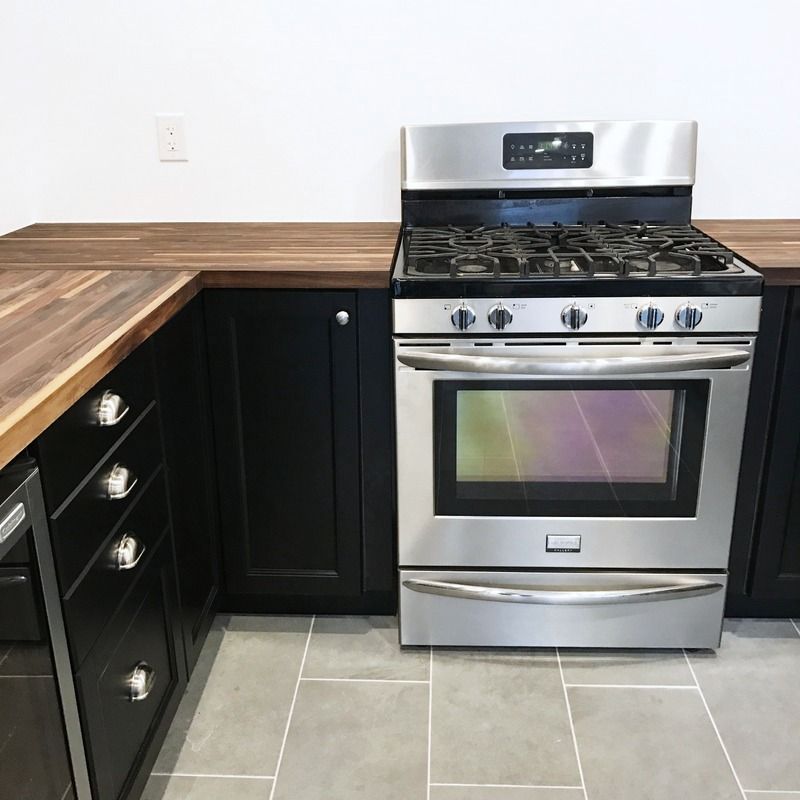
Hot pots spell trouble for butcher block owners. Unlike stone that shrugs off heat, wood countertops can scorch or burn when exposed to high temperatures.
Distracted cooks often learn this lesson the hard way, discovering permanent burn rings from hot cookware placed directly on the surface. These heat marks typically require sanding to remove completely.
For households with multiple cooks or those who frequently entertain, this vulnerability creates ongoing stress about protecting the investment.
11. Noise Reduction Qualities
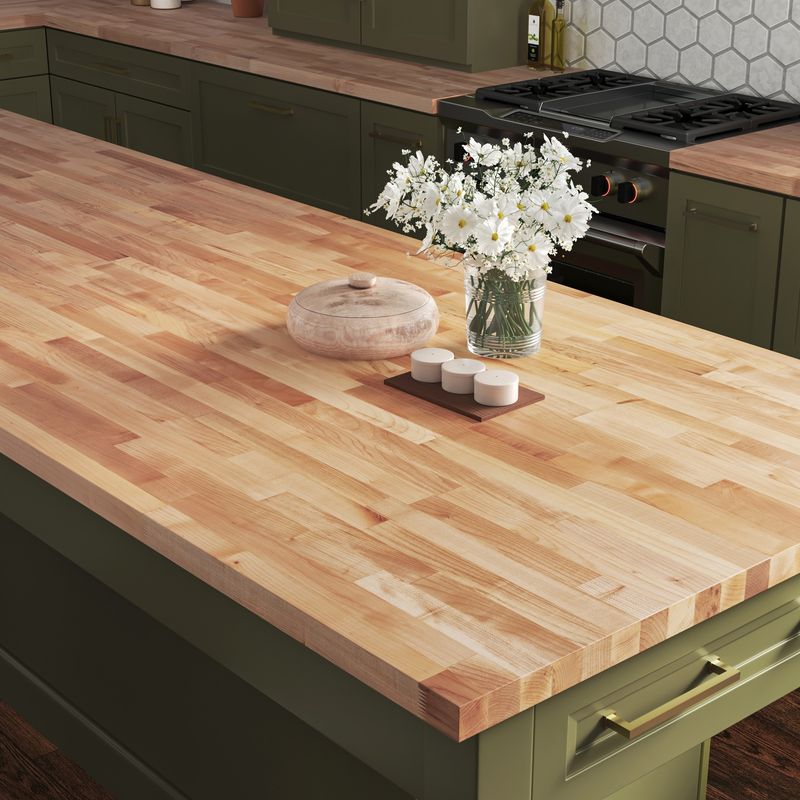
Kitchens can be noisy places! Butcher block naturally dampens sounds that would echo and amplify on stone or solid surfaces.
The clatter of pots, pans and dishes becomes noticeably softer when they contact wood instead of harder materials. This acoustic benefit creates a more peaceful cooking environment that many homeowners don’t anticipate but greatly appreciate.
Families with open floor plans especially value this noise-reducing quality as it helps prevent kitchen sounds from dominating the entire living space.
12. Can Stain Easily
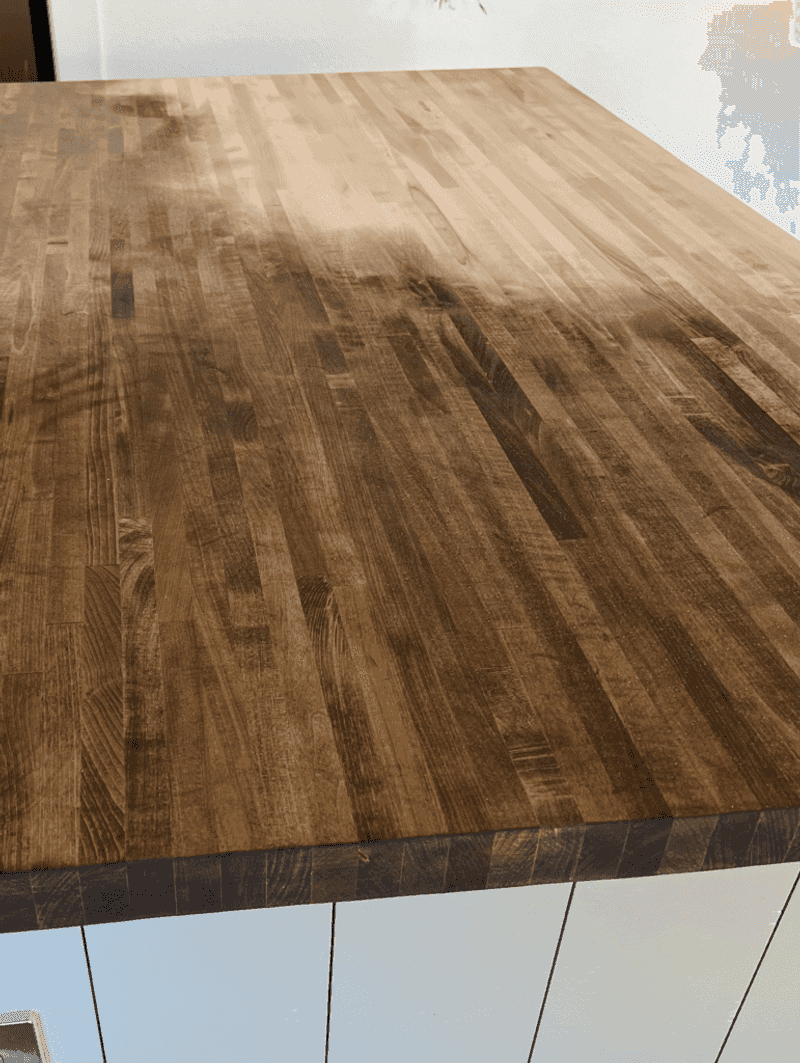
Red wine, tomato sauce, and berry juice become permanent memories on butcher block. Even with proper sealing, these porous surfaces readily absorb colorful liquids that leave behind stubborn stains.
Coffee rings and oil splatters create uneven coloration that’s particularly noticeable on lighter woods. While some view this patina as character-building, others find it messy and unprofessional looking.
Homeowners who prefer pristine, uniform surfaces often regret choosing wood after a few months of real-life kitchen use.
13. Comfortable Working Surface
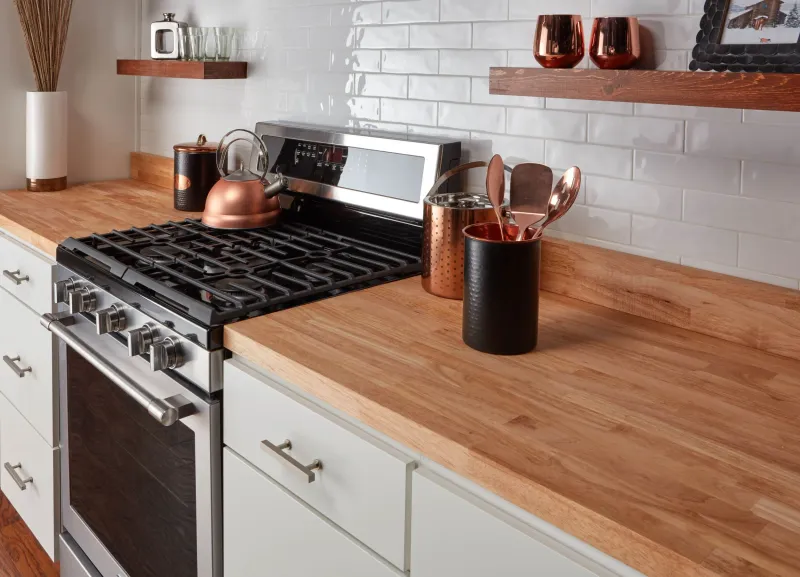
Chefs who spend hours in the kitchen appreciate butcher block’s natural give. Unlike stone’s unyielding hardness, wood provides slight cushioning that reduces fatigue during lengthy cooking sessions.
The surface temperature feels pleasant year-round, never shocking cold in winter like granite or marble. This comfort factor makes morning coffee prep more enjoyable on chilly days.
Dropped dishes and glassware also have better survival odds on wood’s more forgiving surface – a practical benefit for households with children or clumsy cooks!
14. Adds Value To Your Home
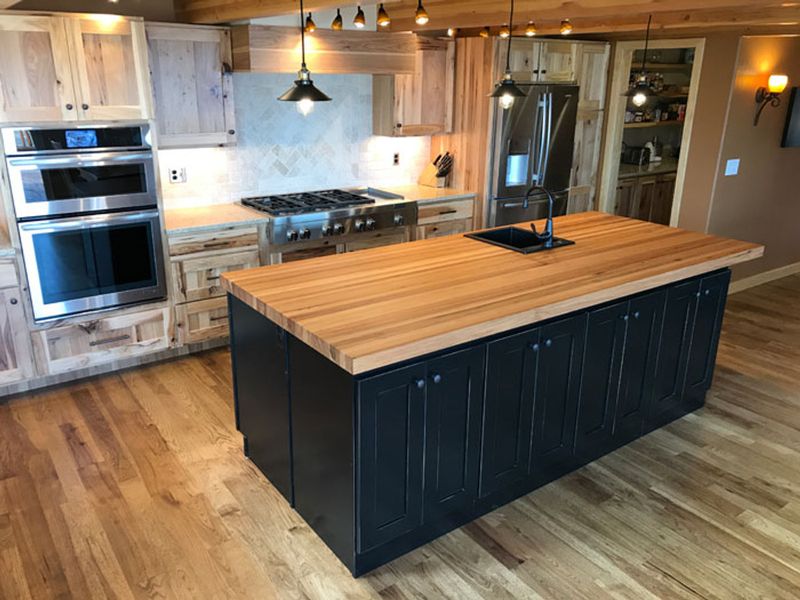
Real estate agents often highlight butcher block as a selling feature. These countertops signal craftsmanship and quality that many buyers willingly pay extra to acquire.
The timeless appeal of wood transcends passing trends, making it a safe investment even as kitchen fashions change. Unlike bold colored countertops that quickly date a kitchen, wood remains consistently desirable.
Many potential buyers see these countertops as a premium upgrade worth paying more for, especially in homes marketed toward cooking enthusiasts.
15. Requires Special Cleaning Products
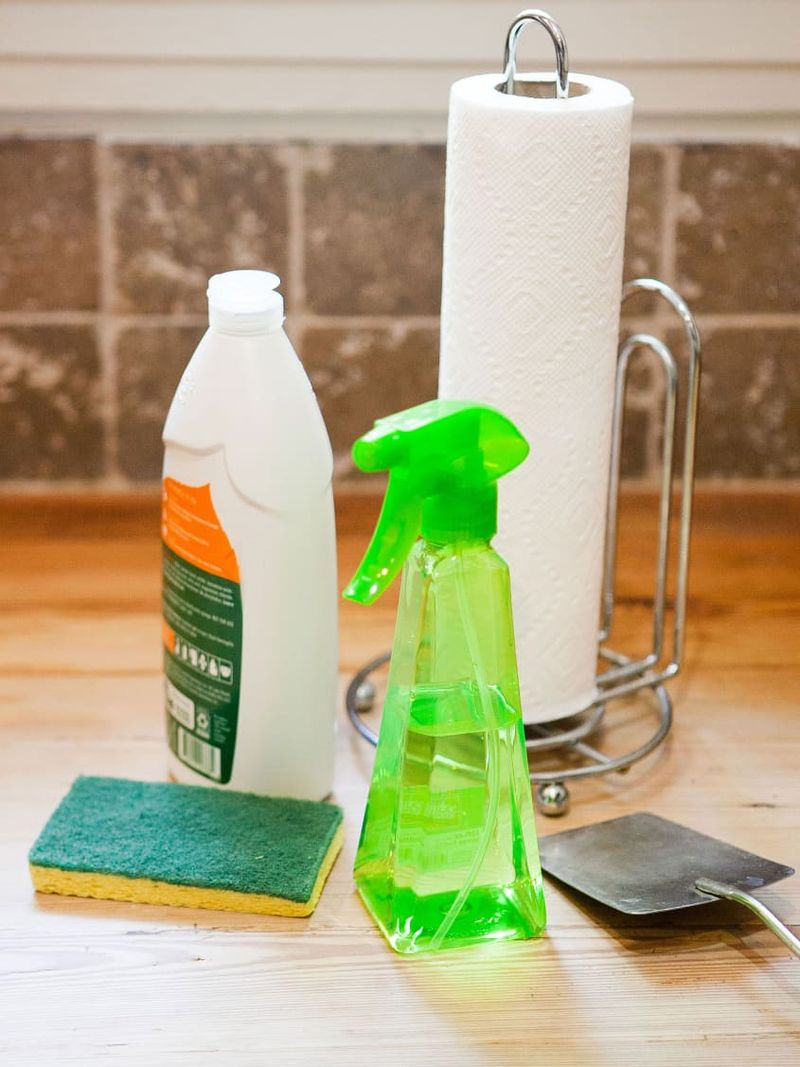
Common household cleaners become enemies to butcher block owners. Harsh chemicals and abrasive products can strip protective oils and damage the wood’s natural beauty.
You’ll need to stock special wood-safe cleaners and avoid the convenience of all-purpose sprays most people use elsewhere in their homes. This specialized care creates an ongoing expense most homeowners don’t anticipate.
For busy families already juggling multiple responsibilities, this additional maintenance consideration can become an annoying complication in daily life.

